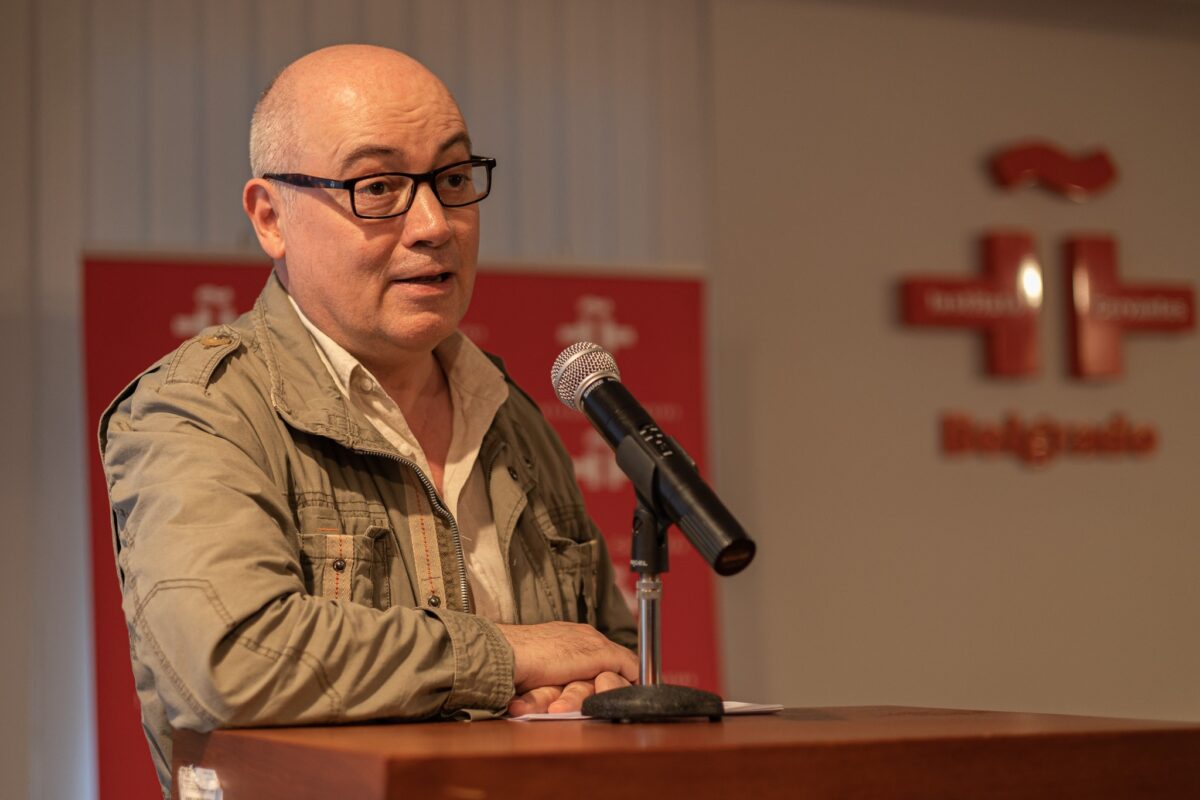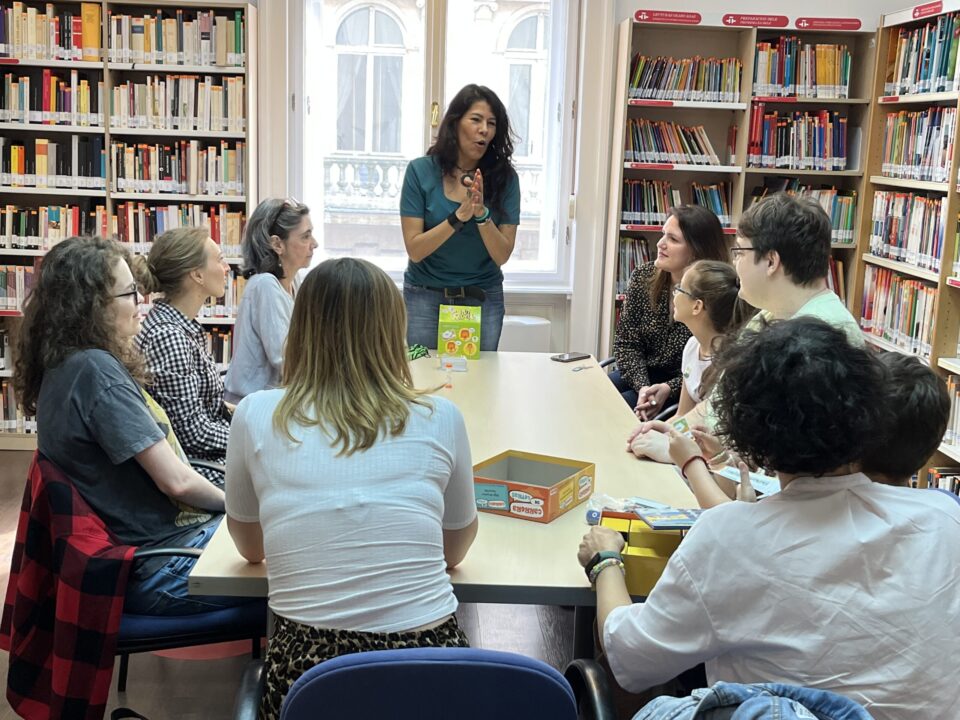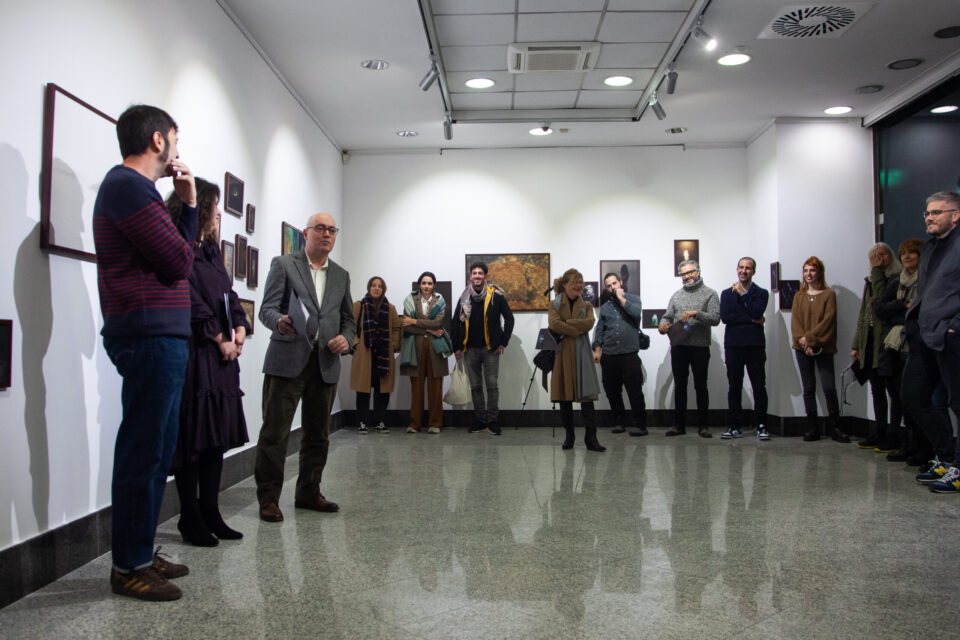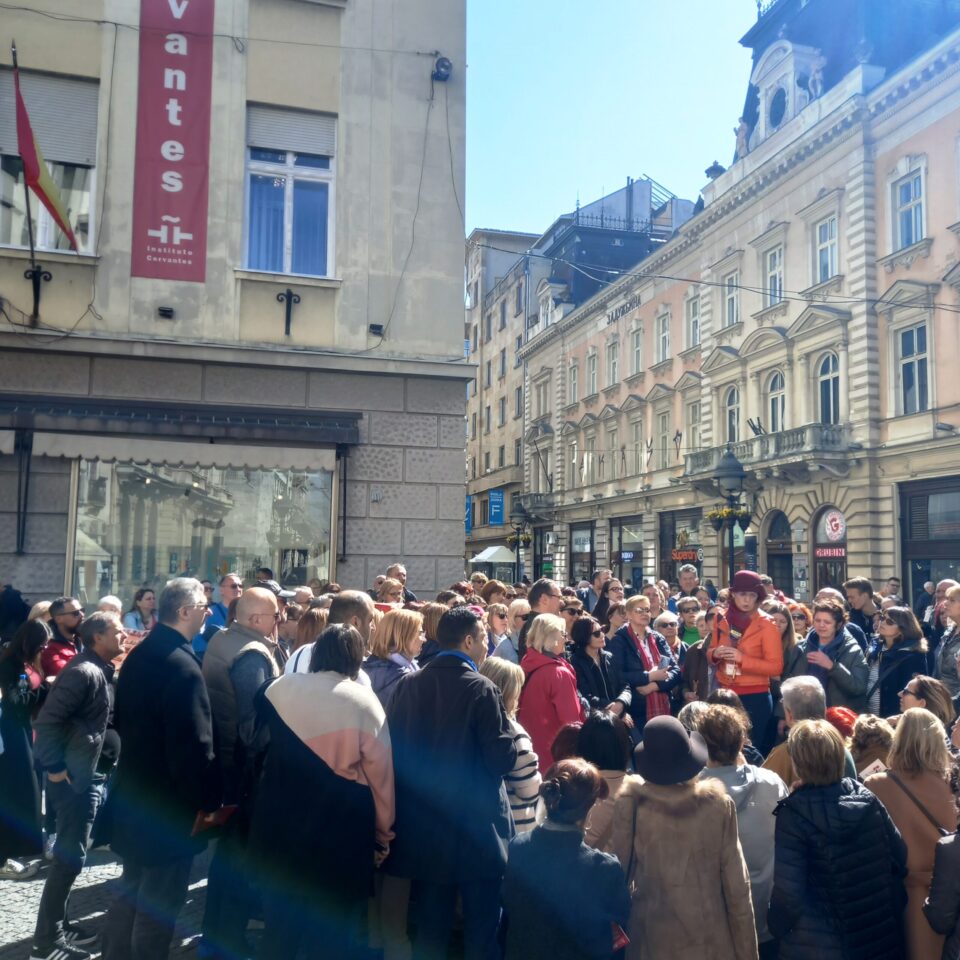Big Stories Can Happen in Belgrade Without the Need of Weight of History Behind Them

Translator of major Slavic works of fiction, a graduate of Slavic philology, and a journalist in some of the most significant written media published in Barcelona, Josep María de Sagarra Àngel landed in Serbia almost at the same time as the pandemic. That did not discourage him from finding parallels between the Spanish and Serbian culture and enjoying Belgrade which reminds him of Barcelona of the 1980s.
Instituto Cervantes in Belgrade turns 20 this year. Was it the presence of this institute that initiated the interest in the Spanish language among the population in Serbia or was it the telenovelas?
When you are walking in Belgrade you can frequently encounter people who speak some Spanish. If asked, they will tell you that they learned it from the telenovelas. A person who worked at the Mexican Embassy in Belgrade during the Yugoslav wars told me that, according to local authorities at the hour during which the telenovelas were aired, the intensity of the fighting dropped, because both sides stopped to watch the telenovelas. But going back to your question, I believe that the knowledge of the Spanish language and culture is something that already exists in Yugoslavia. Perhaps not in the opposite direction. The history of Spanish-Serbian, Spanish-Yugoslav relations, has been asymmetrical. Before the Second World War Spain had not had a permanent mission in Belgrade, while Yugoslavia did have an embassy in Spain. The relations were then re-established towards the end of the 1970s, and only after that time, we can talk about symmetry in the relations. The fact that for decades there has not been this bilateral component to the relations, is also something positive because it means much remains to be built between the two countries. I like the Belgrade way, which makes big things possible in the now, without the requirement of there being a history for something significant to be built. So, to conclude with the answer, the creation of Instituto Cervantes in Belgrade in 2004 has served to organize this panorama of Spanish in Serbia. Before, there were Iberic studies in the university, an interest in literature, and translation activity. In theatre and music, Spain has found its way into Belgrade. Also, many sportsmen and women from former Yugoslavia had their careers in Spain, which made the place better known among the Spanish. So Instituto Cervantes has organized, created bonds, and supported the local initiatives and I have to say that it has been very easy.
When you are walking in Belgrade you can frequently encounter people who speak some Spanish
Very easy in terms of collaboration or communication?
Serbs and the Spanish have a similar character, but we also have one other very important thing in common. I call it The Southernness. We are both Southern countries. This is why coming to an agreement with a Serbian counterpart is very easy. It happens naturally, in a way. So, the Institute has an excellent understanding of the environment here. What about yourself?
So, the Institute has an excellent understanding of the environment here. What about yourself?
My term finishes in September, as I arrived in September 2019. The first part of my time here has been marked by the pandemic. Our collaboration with the Yugoslav Film Archive, the National Museum, and theatres, has been very easy. Belgrade is a city that reminds me a lot of Barcelona 40 years ago. I love this neighborhood-oriented life. Living outside, on the street, on the terraces of bars is a big part of Belgrade every day. You know your neighbors and they know you. I may be a foreigner, but in my part of town, I am just one of the neighbors. This makes being part of the city something easy. Working with Serbian institutions, artists, translators, and professionals from all walks of life, has been simple and remains simple. It has been a pleasure of mine to discover the work of Serbs who are interested in culture in Spanish.
And what part of the Serbian society has the most interaction with Instituto Cervantes?
Quite a few parts, I would say. We have a space dedicated on our webpage called “España Contada” (Spain of Stories), within which we interview individuals who own libraries of Spanish literature, and then they tell us the stories about those libraries; how they came to be, and how they have grown. Within the section of Hispanics we have people who live and create in Spain, but keep close ties with Serbia. We, therefore, try to maintain this tradition of “mestizaje”, a mixture, the crossroads between people of different cultures – in this case, Spanish and Serbian. Currently, there is an exhibition called “Imagen y palabra” (Image and Word) by David Pujadó, a Spanish photographer who lives in Belgrade and who is also the director of the Belgrade Photo Month.
I may be a foreigner, but in my part of town, I am just one of the neighbors
What are the activities that the Instituto Cervantes offers in Belgrade and also are there any activities only offered here and not in other cities where the institute operates?
For a long time, we have had a collaboration with the National Museum of Serbia which, once a year, organizes a showcase of archeological cinema. Then there is a project we offer at some of our locations which in Belgrade has had a stellar success. This is a library-related project within which we offer workshops on calligraphy, binding, and paper restoration. We collaborate with the Belgrade Faculty of Applied Arts on the calligraphy workshop. The other two courses are done in collaboration with the Serbian National Archive. The people who come here are different from those who come to our cultural activities or our courses in Spanish. These are mainly artists, craftsmen, and women, high school teachers with no particular affiliation with the Spanish culture beyond the interest in the offer of the workshop. So, wherever we spot an interest, we try to answer by creating an offer. What about your regular activities and offers?
What about your regular activities and offers?
One of the main things we offer are the courses in Spanish provided in all our establishments which follow a curriculum, covering all the scope from A1 to C2. These courses are offered both at the Institute as well as online, and there are also combined modalities. We also have individual classes, business classes, and preparation for the official exams. In Belgrade, there are two major cultural activities. The first are the exhibitions which we present at our gallery. We have five, or six exhibitions per year there. The second activity is a week-long international film festival called Hispanometraje, which takes place in May and showcases cinema from Spain and the Spanish-speaking countries. This festival has been developed for the Belgrade office specifically. It is done in collaboration with the Yugoslav Film Archive and The Cultural Centre of Belgrade. We also offer conferences, book presentations, and organize, mainly on a yearly basis, an International Congress of Hispanists, and on this, we collaborate with Belgrade University.
After almost five years here, in what direction do you believe the Instituto Cervantes should be looking to improve the offer?
Theatre, music, and dance. We fell short when it comes to those also due to the pandemic. But I am mostly referring to the theatre here. I would like to reach an agreement with a theatre company here to be able to show contemporary Spanish plays.
Serbs and the Spanish have a similar character
In some countries in the Balkans, there is no Instituto Cervantes. Are they represented through Belgrade, and do you have any openings scheduled in the region?
From Belgrade, we must attend Bosnia and Herzegovina, Montenegro and North Macedonia. We have a relationship with the capitals and we also organize the exams of Spanish as a Foreign Language, with the abbreviated name DELE there. In Montenegro there is also a reduced festival of Hispanometraje, taking place in Podgorica, and in Bosnia and Herzegovina, we are trying to resume the DELE exams which were stopped due to the pandemic. At the moment we plan no new openings of Instituto Cervantes in those countries.
